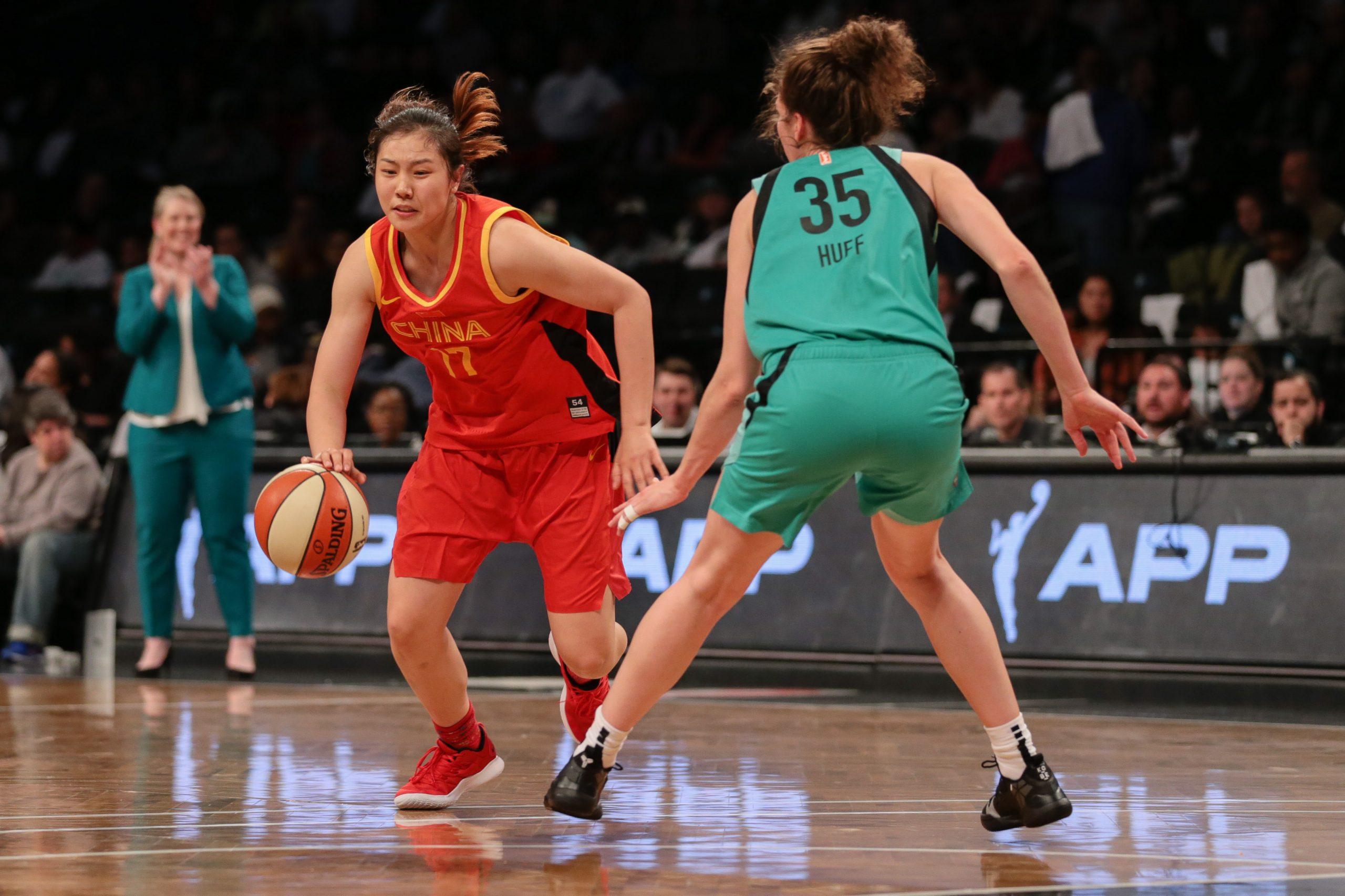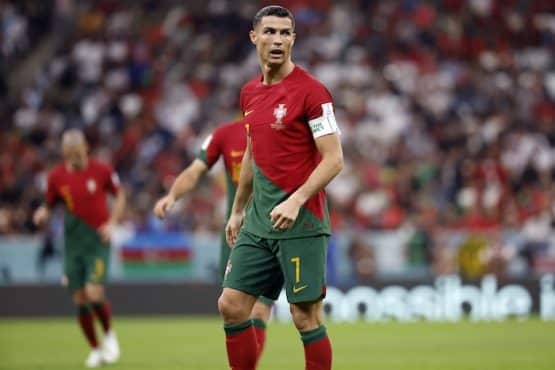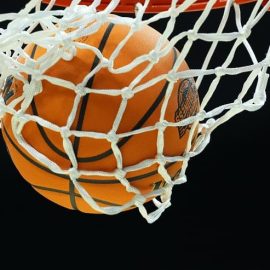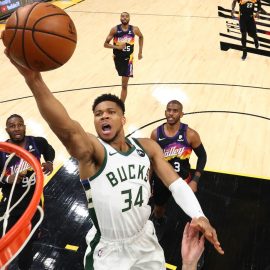The US National Women’s Soccer Team decided in 2019 that they were going to fight back against gender-based pay discrimination. However, they are hardly the only ones to bring up this issue over the past few years. Several WNBA members have also been vocal when it comes to this issue.
Looking at this situation head-on, there should be little confusion. Women want equal payment to men in all venues, not just sports. However, several sport governing bodies have voiced opinions as to why this shouldn’t happen.
Let’s go a little more in-depth and take a look at both argument sides.
The Women’s Soccer Situation
When it comes to the USWNT, their target is the US Soccer Federation. In March of last year, the team tried to get $66 million they felt the Federation owed them, to make up for being paid less than their counterparts, the male national team.
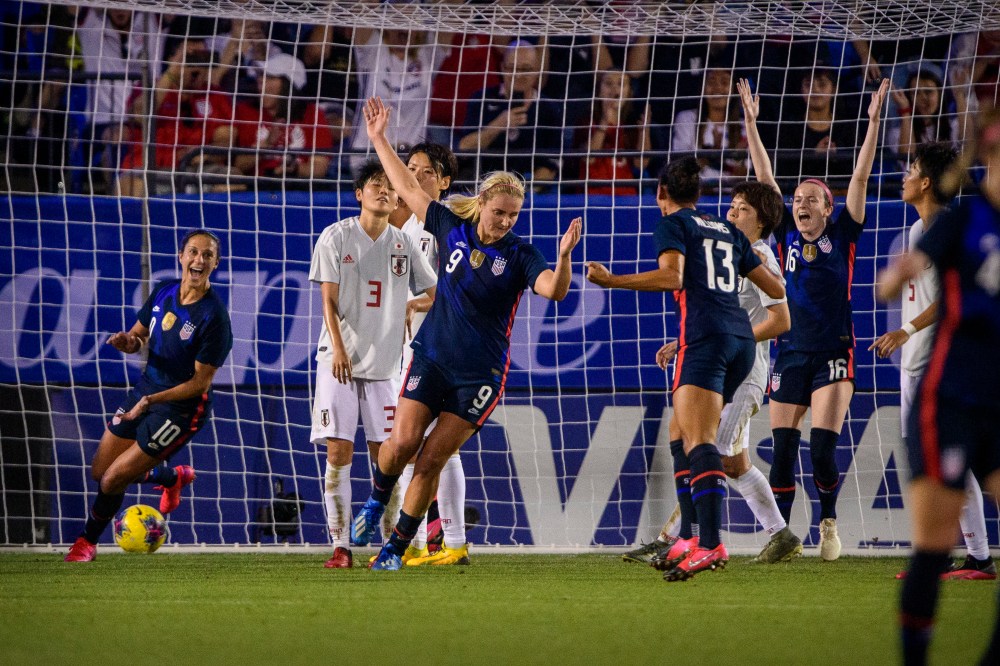
However, a federal judge ruled against them. This was because of:
- The women rejecting a previous offer for a pay-to-play structure
- Acceptance by the female players of higher base salary and more benefits than the men
It’s true that the women agreed to a different pay structure than the men. However, the women argued that they made more for the federation based on their success level.
There is unquestionably some validity to this. The women’s team are four-time gold medal and World Cup winners, something which the men’s team has not come close to duplicating.
How These Achievements Translate to More Federation Profit
The USWNT, because they have blown away the competition in recent years, have pulled in TV ratings beyond their male counterparts. That’s one of the reasons why a different profit-sharing structure than the current one makes sense.
TVs tuned in to watch the women play equal ad dollars, and that revenue goes into the federation’s pockets. Unless there is some sort of contract renegotiation, these athletes have every right to be upset about the judge’s ruling, and they should continue fighting.
Knowing Megan Rapinoe, Crystal Dunn, and the rest of this team’s never-say-die attitudes, it seems likely that’s just what they will continue to do.
The Other Issues Besides Money
As it relates to the USWNT, there are issues besides money at play. The team has been vocal about:
- Regularly having to play on artificial turf, which is harder on the body than natural grass
- Fewer accommodations for them as compared to their male counterparts
The men also regularly received charter flights, and the women could not expect the same. When you look at these sorts of discrepancies, it’s hard not to see what the female players are talking about when they say the Federation is treating them like second-class citizens.
The Fight for Equal Pay in Hockey
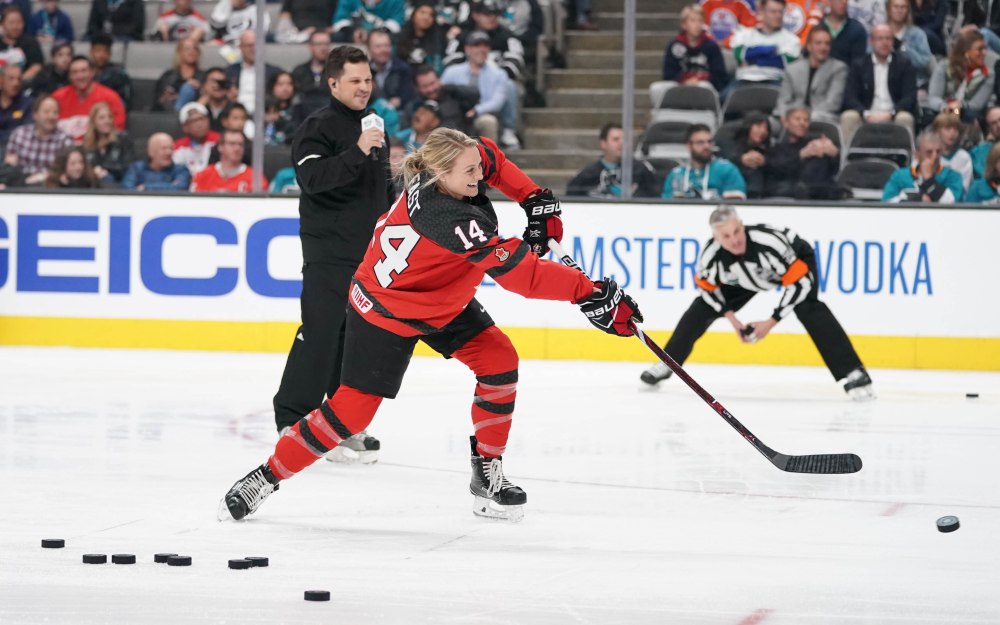
Soccer is not the only sport where there is a pay gap that’s gender-based, though. Hockey is another prime example.
In 2017, before the IIHF World Championship, the women’s national team threatened a boycott. They spoke out against a lack of equitable support and fair wages from the governing body, USA Hockey.
In that instance, the two sides made a potentially groundbreaking four-year agreement. The annual compensation for each female team player improved. They also got several performance bonuses that could put them in the six-figure range if they won world titles or the Olympics.
The Federation put a committee in place to look at issues such as better marketing, a less demanding game schedule, and fundraising efforts for developmental women’s hockey teams.
The Fight for Equal Pay in Basketball
The WNBA is another battleground where the debate on this contentious issue is taking place. WNBA players decided to opt out of their collective bargaining agreement after the 2019 season. The Covid-19 pandemic has meant a delay for negotiation of a new one, but that is a fight the players are sure to take up again soon.
The minimum for a WNBA player currently sits at a little under $42K, while the veteran’s maximum is just under $120K. Unsurprisingly, that is a fraction of what the men make.
Several prominent female players look to supplement their income by taking their skills abroad during the offseason. This carries risks, though, as they can get hurt. Even if they don’t, they’re putting additional wear and tear on their bodies rather than allowing injuries to heal.
Possible Solutions to These Issues
There are few easy answers to the problem of unequal pay in sports that’s gender-based. Governing bodies argue that women’s sports don’t generate the dollar amounts based on ticket sales that men’s sports do. They also claim that the ratings aren’t the same for a WNBA game, for example, as they are for an NBA game.
Those are valid arguments, but they become moot when you take into account that these women are putting their health on the line playing games that inherently carry a high injury risk. That is true, regardless of gender.
Other than a renegotiation of base pay, one way that female athletes might be able to generate more income would be through performance-based contracts that are incentive-laden. That is one way that male sports stars receive an incentive to perform at a high level.
Getting part of TV game revenue might also be an option. Up till this point, it is almost inconceivable that athletes should share in TV advertising revenue that traditionally goes to the governing body, which serves the team owners.
Failing those steps, it is by no means clear the best path toward sports gender pay equality. At the US women’s soccer team parade following the World Cup, the crowd chanted “equal pay,” and the players commented about it afterward.
It seems that public opinion is on their side. The USWNT, in particular, can’t possibly be better ambassadors for their sport than they already are. However, team owner greed seems infinite sometimes, and court intervention might be the only way for there to be substantive action on this issue.
Add The Sports Daily to your Google News Feed!
